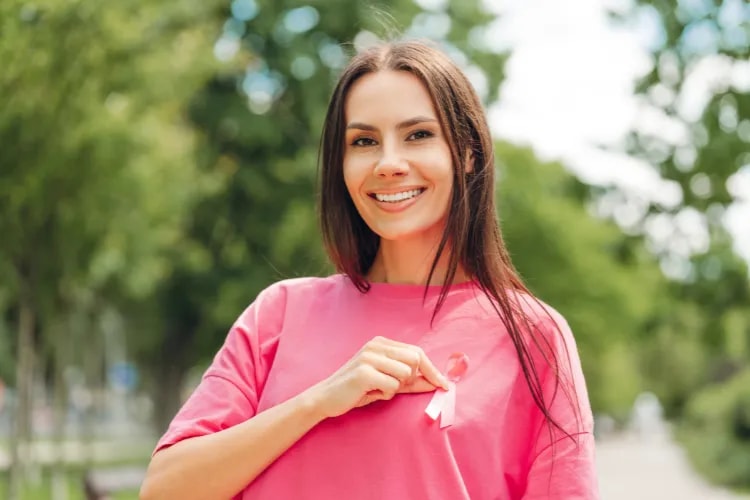
Fundraising events are the heartbeat of many nonprofits and community groups—they raise critical dollars, attract new supporters, and create moments people remember. With giving rebounding and more dollars shifting online, the most successful teams pair engaging, community-first experiences with smart digital follow‑through. Recent data shows charitable giving in 2024 neared an all‑time high, with online giving hitting new records, even as donor counts consolidate among larger gifts. That makes creative, high‑engagement fundraising event ideas more important than ever to broaden participation and diversify revenue.
In this guide, we break down 14 proven and fresh fundraising event ideas—plus practical tips, compliance watch‑outs, and quick wins you can use right away.
If you’re putting a plan together, grab our complete event planning checklist and line up your comms with these creative event promotion ideas to maximize turnout and donations.
What it is: Your supporters raise on your behalf by creating personal or team pages and asking their networks to give.
The Loopyah Content Team shares expert insights, practical guides, and industry updates to help event organizers create unforgettable experiences and stay ahead in the event planning world.
planning
Why it works: Network effects. Top U.S. peer‑to‑peer programs grew again in 2024, driven by diversified formats (DIY, endurance, livestream) and better fundraiser enablement.
Tips to launch:
Give every participant a toolkit: sample posts, email scripts, images, and a suggested timeline.
Add motivation mechanics: badges, leaderboards, milestone gifs, and unlockable match challenges.
Make it omnichannel: QR codes at meetups, easy social sharing, and text-to-donate shortcodes.
Example: An animal rescue mixes a 5K, DIY birthday fundraisers, and a one‑week livestream marathon, then thanks top fundraisers with VIP kennel tours.
What it is: Guests bid online or via mobile on donated items, experiences, or gift cards—fully virtual or hybrid with an in‑person showcase.
Why it works: It’s accessible and scalable. Mobile bidding expands your buyer pool beyond the room and keeps momentum with push notifications and auto‑outbid prompts.
Plan like a pro:
Price smart: Show fair market value (FMV) and include clear quid‑pro‑quo disclosures so donors understand deductibility.
Package items: Curate themed bundles (Date Night, Outdoors, Family Fun) to raise average order value.
Think logistics: Decide pick‑up vs. shipping, set blackout dates for experiences, and photograph items well.
What it is: A 5K, fun run, or community walk with registrations, teams, and optional P2P pages.
Why it works: Health‑forward, family‑friendly, and sponsor‑ready. Participation has rebounded past 2019 averages in many markets, and team fundraising can multiply reach.
Execution tips:
Offer clear waves, course maps, and on‑course photo ops; finalize permits early.
Layer revenue: team pledges, corporate matches, merch pre‑orders, and a finish‑line festival.
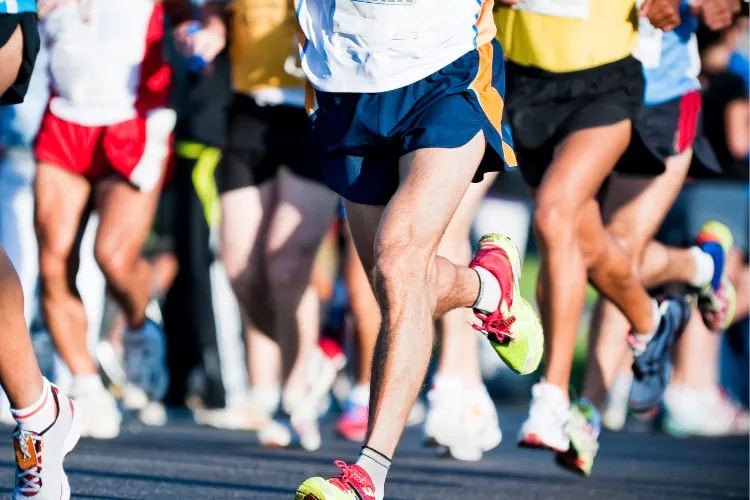
What it is: A high‑touch evening featuring cocktails, dinner, program storytelling, and a paddle raise and/or live auction.
Why it works: Major gifts and corporate tables concentrate impact in one night—recent flagship galas regularly raise seven figures when the story, program, and guest list align.
Make it shine:
Design a mission‑forward run of show with a tight 45–60 minute program and a clear ask ladder.
Use seat maps and table grouping to place champions strategically and encourage giving circles. Explore our seat charts tools for smoother assignments.
Pro tip: Line up a matching sponsor for the paddle raise to double impact and publicize it early.
What it is: A benefit concert, comedy night, dance showcase, or theater performance with ticket revenue and live donation asks.
Why it works: Star power plus multi‑platform distribution. High‑profile benefits have raised extraordinary sums when paired with broadcast/streaming and matching partners.
Execution ideas:
Secure a marquee headliner and local openers; offer VIP meet‑and‑greet packages.
Stream the show and add donation overlays, text‑to‑give prompts, and sponsor match unlocks.
Example: A regional relief concert partners with a broadcaster and payments sponsor to unlock a 1:1 match during the headline set.
What it is: Esports brackets, speed-running marathons, or community gaming nights that collect donations via livestream, P2P pages, and incentives.
Why it works: It meets younger donors where they already are—on Twitch and social—while creating real‑time excitement with progress bars, leaderboards, and challenge goals.

How to run it:
Mix formats: tournament + “beat the pro” + speedrun showcase; award fun prizes and community shoutouts.
Set themed incentives (name an NPC, pick a cosplay, unlock a game mod) at donation milestones.
What it is: Ticketed classes or clinics that share mission‑aligned skills—think financial literacy, coding for teens, gardening, first aid, or arts.
Why it works: Audiences are prioritizing experiences and learning. Workshops deliver clear value, deepen relationships, and can be repeated for steady revenue.
Packaging tips:
Offer beginner and advanced tracks; add VIP tiers with small‑group coaching or take‑home kits.
If relevant, provide CE/CME/PD credits and certificates of completion.
What it is: A high‑energy, immersive celebration—costume ball, decades night, carnival—that mixes ticketing with donations, games, and sponsorship activations.
Why it works: Photo‑ready moments and cultural resonance drive attendance and social sharing, which fuels future giving.
Ideas to elevate:
Create a share‑worthy entrance and themed stations sponsors can brand.
Run a short, heartfelt program midway; keep the dance floor full before and after.
What it is: A neighborhood car wash hosted in a compliant location such as a partner facility or designated area with wastewater capture.
Why it works: Low cost, high visibility, and easy volunteer engagement. Great for schools, youth groups, and neighborhood causes.
Do it right:
Use berms or vacuum recovery to prevent runoff into storm drains; consider partnering with a commercial car wash.
Pre‑sell tickets; offer eco‑friendly soap and interior quick‑clean add‑ons.
What it is: Community bake tables or pop‑up sweets shops, often run by volunteers.
Why it works: Simple to execute, highly social, and great for storytelling with recipe cards and chef donors.
Best practices:
Confirm your state’s cottage food rules; focus on shelf‑stable items and clear labels.
Bundle deals (3 for 2), pre‑packaging, and cashless payments speed up sales.
What it is: Ticketed chance drawings for prizes donated by businesses and supporters.
Why it works: Low effort, high perceived value—if compliant. Rules vary by state on licensing, prize caps, and frequency.
Tips:
Verify eligibility and any required filings; understand withholding/reporting if prizes cross thresholds.
Consider a sweepstakes or opportunity drawing where purchase is not required if regulations are restrictive.
What it is: A time‑boxed, story‑driven online appeal with a public goal and regular updates.
Why it works: Social proof and urgency. National giving days show how deadlines and shared momentum unlock generosity at scale.
How to stand out:
Lead with a human story; use a short video and a clear, bite‑sized goal with stretch tiers.
Post daily progress, celebrate donors, and add mini‑challenges (e.g., unlock a match at 50%).
Don’t forget post‑campaign stewardship—schedule segmented thank‑yous using your email tools so first‑time donors hear from you within 24 hours.
What it is: A hosted movie night or documentary screening with ticket add‑on donations, themed concessions, and a short appeal or panel.
Why it works: Built‑in entertainment plus a natural platform for education and impact storytelling.
Execution ideas:
Negotiate a $1–$3 donation add‑on at checkout; run a short post‑film Q&A with a beneficiary or expert.
Sell themed merch and display a live goal tracker in the lobby.
What it is: Golf scrambles, pickleball ladders, 3v3 basketball, or soccer five‑a‑side—built for sponsors and teams.
Why it works: Play + purpose. Golf alone generates billions annually for charity, and bracketed formats encourage corporate involvement.
Make it profitable:
Bundle foursomes with hole sponsorships, mulligans, putting contests, and a post‑tournament auction.
Add mission‑aligned hospitality (local vendors, beneficiary meet‑ups, skills clinics).
Pick two or three ideas aligned with your mission and audience, test quickly, and double down on the formats that deliver both dollars raised and community stickiness.
You don’t need to do all 14 at once. Start with one cornerstone idea (a run/walk, gala, or tournament) and pair it with a high‑engagement digital play (P2P, livestream, or virtual auction). Then build your comms plan, volunteer roles, and sponsor packages around a crisp calendar.
From peer‑to‑peer campaigns and virtual auctions to concerts, workshops, and sports tournaments, these 14 fundraising event ideas can inspire generosity and grow your community. Keep compliance and donor experience front and center, measure what works, and iterate. With the right mix of on‑the‑ground experiences and digital reach, your next fundraiser can drive both immediate revenue and long‑term loyalty.
Need a hand promoting your fundraiser? Check out how Loopyah can help you grow your events, and lean on a streamlined toolkit—registration, ticketing, and email—so supporters glide from interest to action.

planning


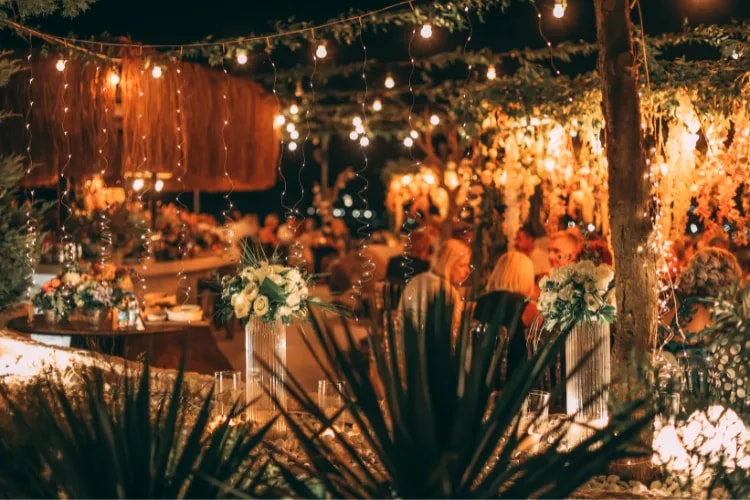
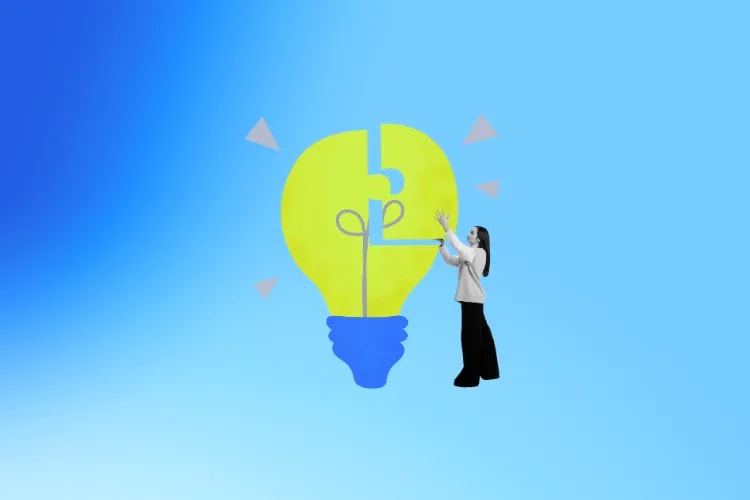
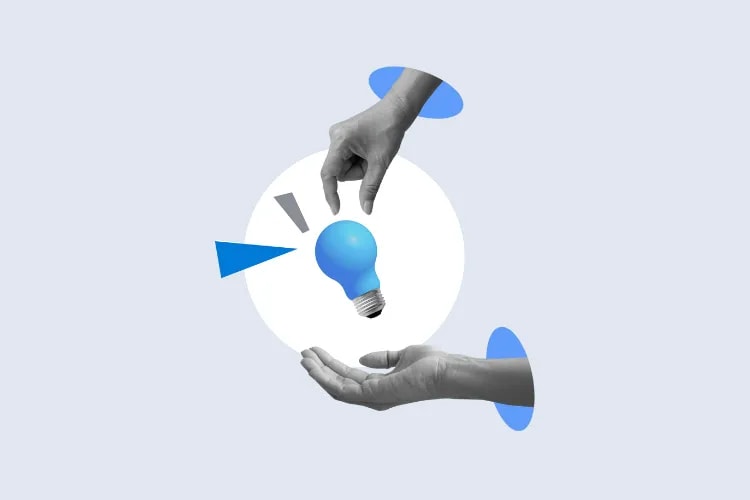
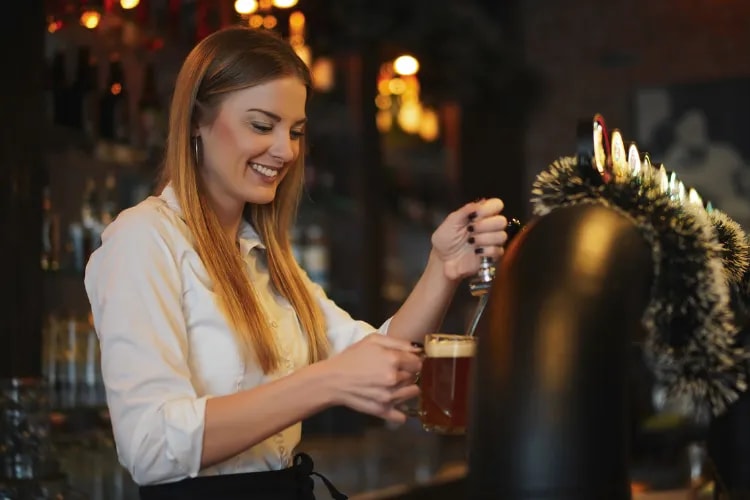

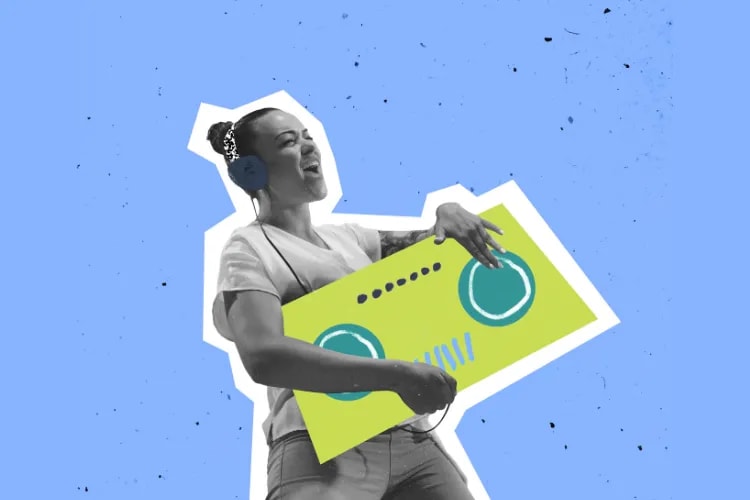

planning
planning
planning
planning
marketing
planning
planning
planning
planning